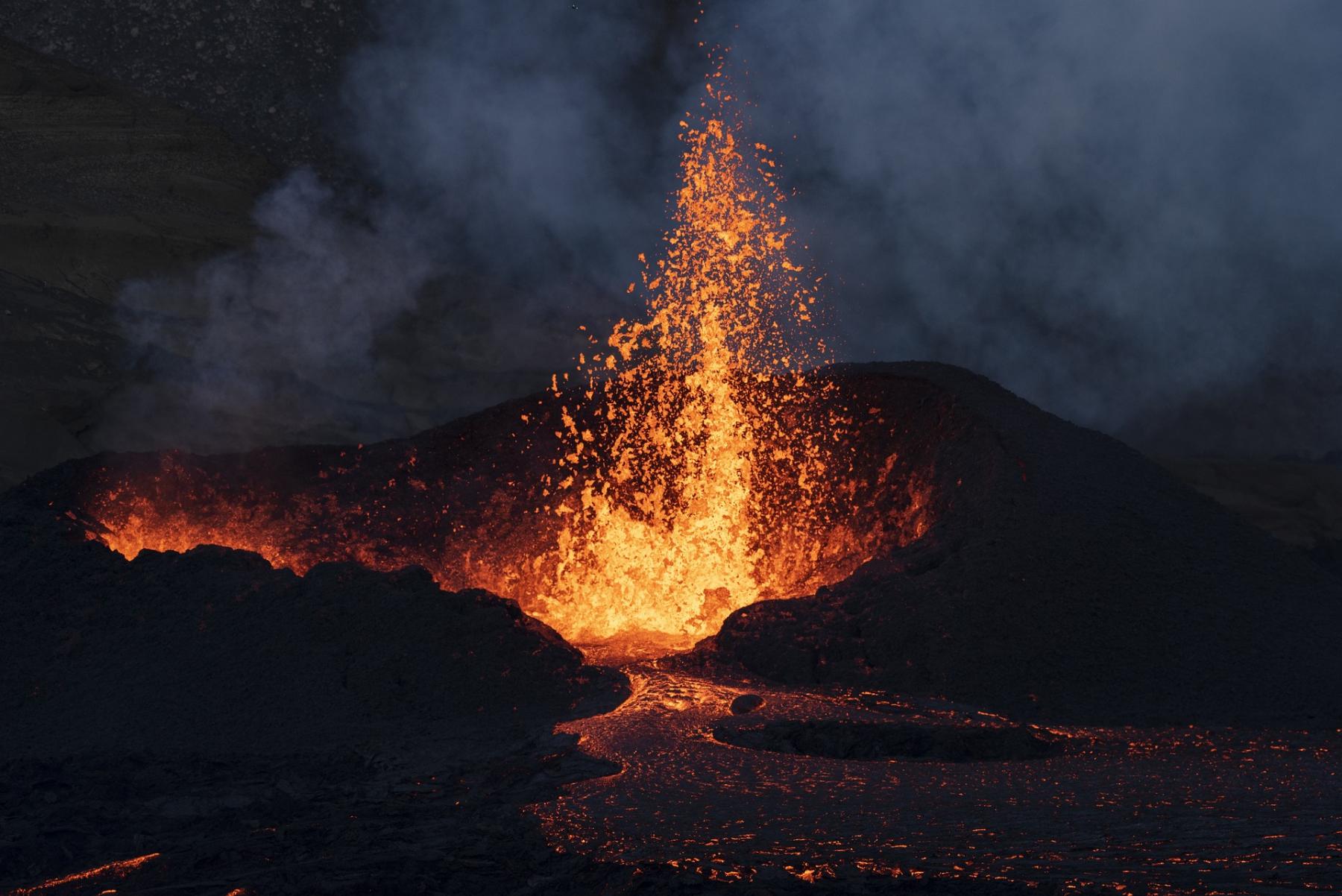
Volcanoes: Studying Viscosity of Lava & Magma and how it relates to The San Francisco Volcanic Field
by Carrie Jenkins
This lesson allows students to explore why volcanoes are shaped differently and why they erupt differently. Students will investigate viscosity, silica content of igneous rock samples, and perform volcanic eruptions to understand the formation of the San Francisco Volcanic Field in Northern Arizona.
Lesson Plan Link/URL
https://docs.google.com/presentation/d/1k4VpHZcxw2O4eb0hOjTePhqKZtza8hnY/edit?u…Subject Area
Science Earth and Space Science E1: Earth Systems Mathematics Measurement and Data (MD) The Number System (NS) English Language Arts (ELA) Reading (Informational Text)
Featured
Off
Related Content

Grades:
9th Grade, 10th Grade
This lesson plan focuses around 4 key topics, with activities for each. The plan covers renewable energy, solar energy, why solar energy is important, and what the children can do to conserve energy

Grades:
7th Grade, 8th Grade
This lesson has students examining isochron maps of the Earth's seafloor and looking for patterns to support evidence of continental drift. A prerequisite include a previous lesson of continental

Grades:
4th Grade, 5th Grade, 6th Grade, 7th Grade, 8th Grade
Lesson "Phoenix Reimagined: From Sun City to Solar City" ensures that students engage in age-appropriate, hands-on learning experiences that promote understanding of solar energy and its applications

